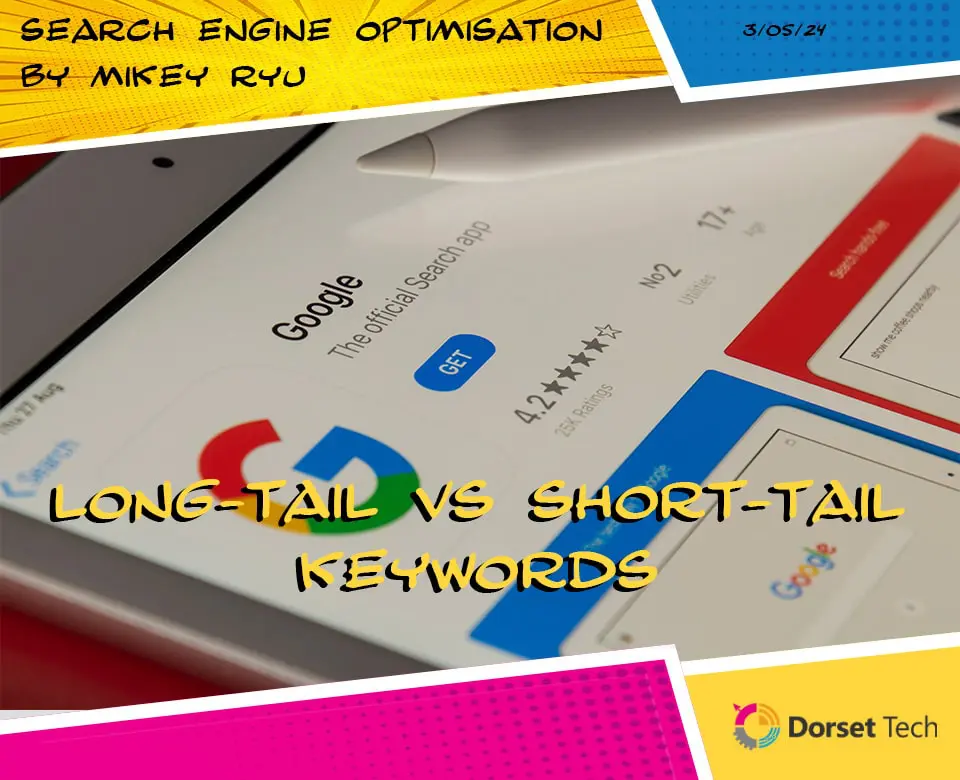
SEO Copywriting: Writing Content that Ranks and Converts
Understanding The Intersection of SEO and Copywriting:
SEO and copywriting may seem like disparate realms, but their convergence is where the magic happens. At its essence, SEO copywriting involves seamlessly integrating keywords and phrases into engaging content to enhance visibility and drive organic traffic. Gone are the days of keyword stuffing; today’s SEO landscape demands high-quality, reader-focused content that also satisfies search engine algorithms.
Keyword Research: Finding The Right Keywords For Your Content:
The foundation of effective SEO copywriting lies in meticulous keyword research. It’s not just about identifying popular keywords related to your niche; it’s about understanding the search intent behind those keywords. Tools like Google Keyword Planner, SEMrush, and Ahrefs can provide invaluable insights into search volume, competition, and user behaviour, helping you uncover relevant keywords that align with your content objectives.
But it’s not enough to target high-volume keywords blindly. Long-tail keywords, which are more specific and typically less competitive, can often yield better results by attracting highly targeted traffic. Moreover, considering semantic variations and related keywords can enrich your content’s relevance and depth, signalling to search engines that your content comprehensively covers the topic.
The Importance of User Intent in SEO Copywriting:
User intent lies at the heart of modern SEO. Search engines prioritise delivering results that best match the user’s query intent, whether it’s informational, navigational, or transactional. As such, your content must align with the intent behind the keywords you’re targeting.
For instance, if a user searches for “best budget smartphones,” they’re likely seeking informative content comparing different smartphone models based on affordability. Crafting a comprehensive guide or review article addressing this intent not only satisfies the user’s query but also increases the likelihood of ranking higher in relevant searches.
Understanding user intent also informs the structure and format of your content. For informational queries, long-form articles, how-to guides, or tutorials may be more suitable, while transactional queries may warrant concise product descriptions or compelling sales copy.
Optimising For Readability and Accessibility:
While SEO considerations are crucial, never sacrifice readability for the sake of optimisation. Your content should be easily digestible and engaging for human readers first and foremost. Utilize clear headings, concise paragraphs, and bullet points to break up the text and improve readability.
Moreover, ensure your content is accessible to all users, including those with disabilities. This involves using descriptive alt text for images, providing transcripts for videos, and adhering to web accessibility standards such as WCAG (Web Content Accessibility Guidelines). Not only does this enhance user experience, but it also signals to search engines that your site is inclusive and user-friendly.
Analysing and Iterating: Measuring The Performance of Your Copy:
The journey of SEO copywriting doesn’t end once your content is published. Continuous analysis and iteration are essential to refining your approach and maximising results. Utilise analytics tools like Google Analytics and Google Search Console to track key metrics such as organic traffic, bounce rate, and keyword rankings.
Pay close attention to user engagement metrics, such as time on page and click-through rates, to gauge the effectiveness of your content in capturing and retaining audience interest. Additionally, monitor SERP performance to identify opportunities for improvement and stay ahead of competitors.
A/B testing can provide valuable insights into what resonates best with your audience, whether it’s headline variations, call-to-action placements, or content formats. By systematically testing and optimising your content based on data-driven insights, you can continuously enhance its performance and drive sustainable results.
In conclusion, mastering the art of SEO copywriting requires a delicate balance between creativity and strategy. By understanding the intersection of SEO and copywriting, conducting thorough keyword research, aligning with user intent, prioritising readability and accessibility, and continuously analysing and iterating based on performance data, you can create content that not only ranks high on search engines but also resonates with your target audience, driving meaningful engagement and conversions. Embrace the dynamic nature of SEO copywriting, and let your content shine in the digital landscape.





















